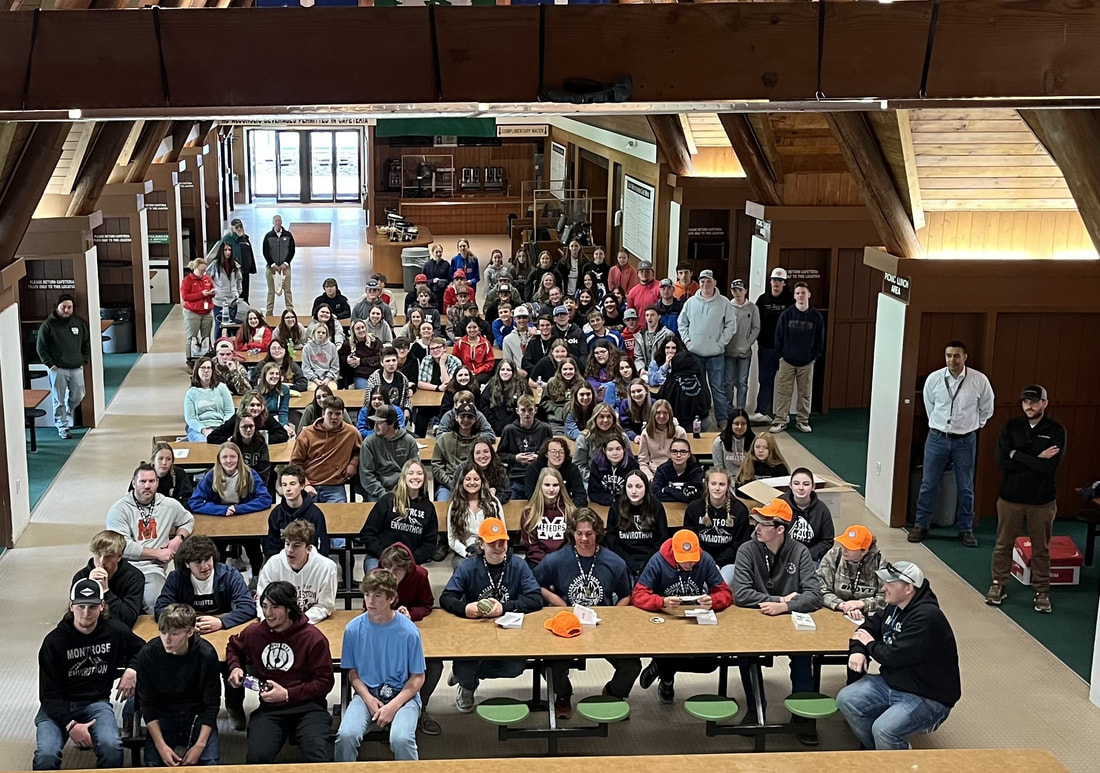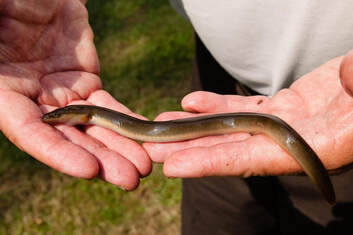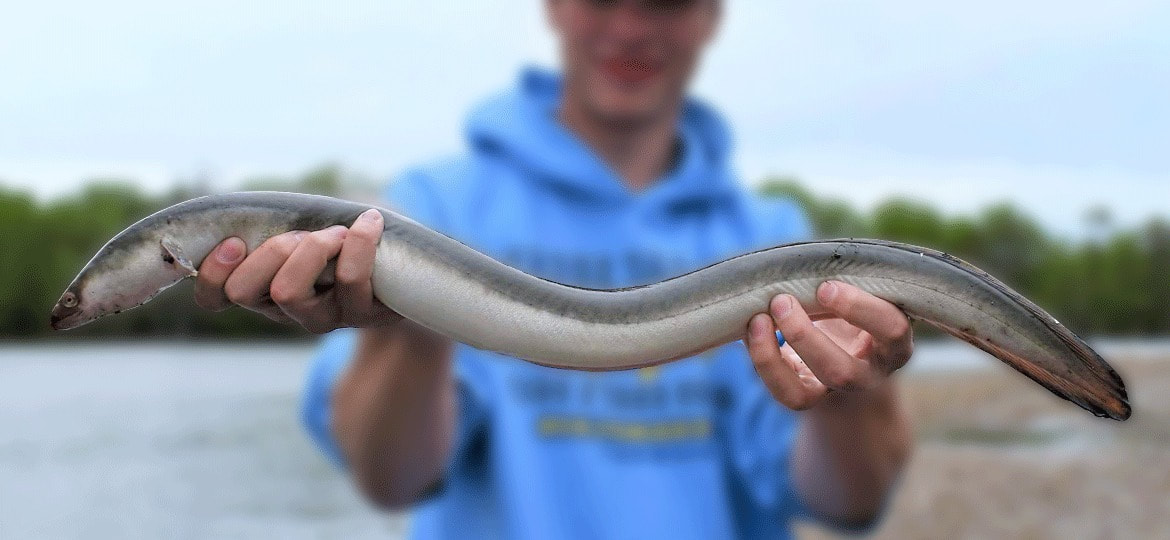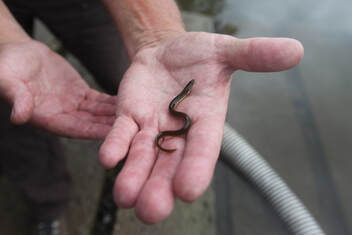Envirothon Practice Day
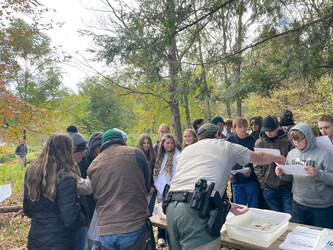
Envirothon Practice Day at Salt Springs State Park. 130 students from 4 different Susquehanna County districts, met to explore topics related to aquatics, forestry, wildlife, soils, and renewable energy. This educational event is held each fall to prepare students for the country-wide spring Envirothon competition.
Envirothon Competition!
Twenty-nine teams from five Susquehanna County school districts participated in testing on topics of Forestry, Aquatics, Soils, Wildlife, and a Current Environmental issue. Montrose Area Highschool's, "The Woodpeckers", placed first overall and advanced to the Pennsylvania State Envirothon Competition. The Envirothon Competition is held each spring and hosted by Elk Mountain.
Eels in the Classroom
American Eels are native to Pennsylvania and were once abundant in the Susquehanna River. Through the use of hydroelectric dams, the population and migration up the river, of American and block eels has been impacted. We're working together with dam owners and several agencies to build eel ladders to assist in migration. Juvenile eel stocking plays a major part in restoring the eel population, with almost 1.5 million stocked in Susquehanna watershed since 2015. After Labor Day 2024, we'll have, and raise, juvenile eels here at SCCD, to be released the following year. Click the link below to learn more about the work being done to restore American Eel populations in the Susquehanna River! SRBC American Eels in the Susquehanna
The following organizations can provide information and resources regarding wildlife and wildlife habitat. Explore these links to learn more about what you can do to become a good steward of our natural resources. Other links are available from our list of Partners.
Start by practicing these water quality tips:
- American Forests
- Bat Conservation International
- Ducks Unlimited
- Izaak Walton League of America
- National Audubon Society
- National Geographic Society
- National Wildlife Federation
- The Nature Conservancy
- North American Association for Environmental Education
- Water Environment Federation
- World Wildlife Fund
- Tree Conservation
- Natural Symbols of Pennsylvania
- Tree:Eastern Hemlock (Tsuga canadensis)
- Fish: Brook Trout (Salvelinus fontinalis)
- Mammal: White Tailed Deer (Odocileus virginianus)
- Flower: Mountain Laurel (Kalmia latifolia)
- Insect: Firefly (Lampyridae)
- Bird: Ruffed Grouse) (Bonasa umbellus)
- Pollution Solutions
- Non-point Source Pollution is water pollution that comes from sources which cannot be easily pinpointed. Some sources are: air pollution, agricultural operations, construction, waste disposal and resource extraction. Individuals can make a difference. Even if you don't live next to a stream your actions can help prevent water pollution.
Start by practicing these water quality tips:
- Use Water Wisely: Use dishwashers and washing machines only when they are fully loaded.
- Use Household Products Properly: Many products around the home can create water pollution if they are not used carefully and disposed of properly. Use the least toxic products possible. Never pour paints or solvents down the drain.
- Care for Your Lawn: Landscaping with grasses, trees, and shrubs helps prevent water pollution. Plants control soil erosion and use nutrients that could otherwise enter streams. Follow directions when using fertilizers -- more is not always better.
- Practice Sensible Pest Management: Not all bugs are bad. Some insects help eliminate unwanted pests. Many insects are beneficial pollinators. Always follow directions when using pesticides and be especially careful near water and animals. In order to help protect beneficial insects, reduce or eliminate the use of insecticides and never apply when flowers are blooming. Many herbicides also kill aquatic species when runoff reaches streams or bodies of water. Fungicides kill not only parasitic fungal species but also beneficial fungi in the soil that plants depend upon. Never apply pesticides without first knowing your target pest species and considering potential unintended exposure.
- Control Runoff and Soil Erosion: Concrete sidewalks, streets, and driveways are unable to absorb rainfall. Runoff carries motor oil, fertilizers, and soil into storm drains and creeks. Reduce runoff by diverting downspouts onto grassed areas and using materials such as wood, bricks, or interlocking stones for patios and walkways. Control soil erosion by reseeding and mulching bare spots.
- Use Car Products Wisely: Motor oil, antifreeze and battery acid can create water pollution. Whenever possible recycle car products. Wash your car on the grass so water and detergents are absorbed.
- Reduce Emissions and Save Energy: Nitrogen oxides are emitted by burning fossil fuels. Car pool, and consolidate several small errands into one large trip. Turn off lights and lower the thermostat. Properly insulate your home.


